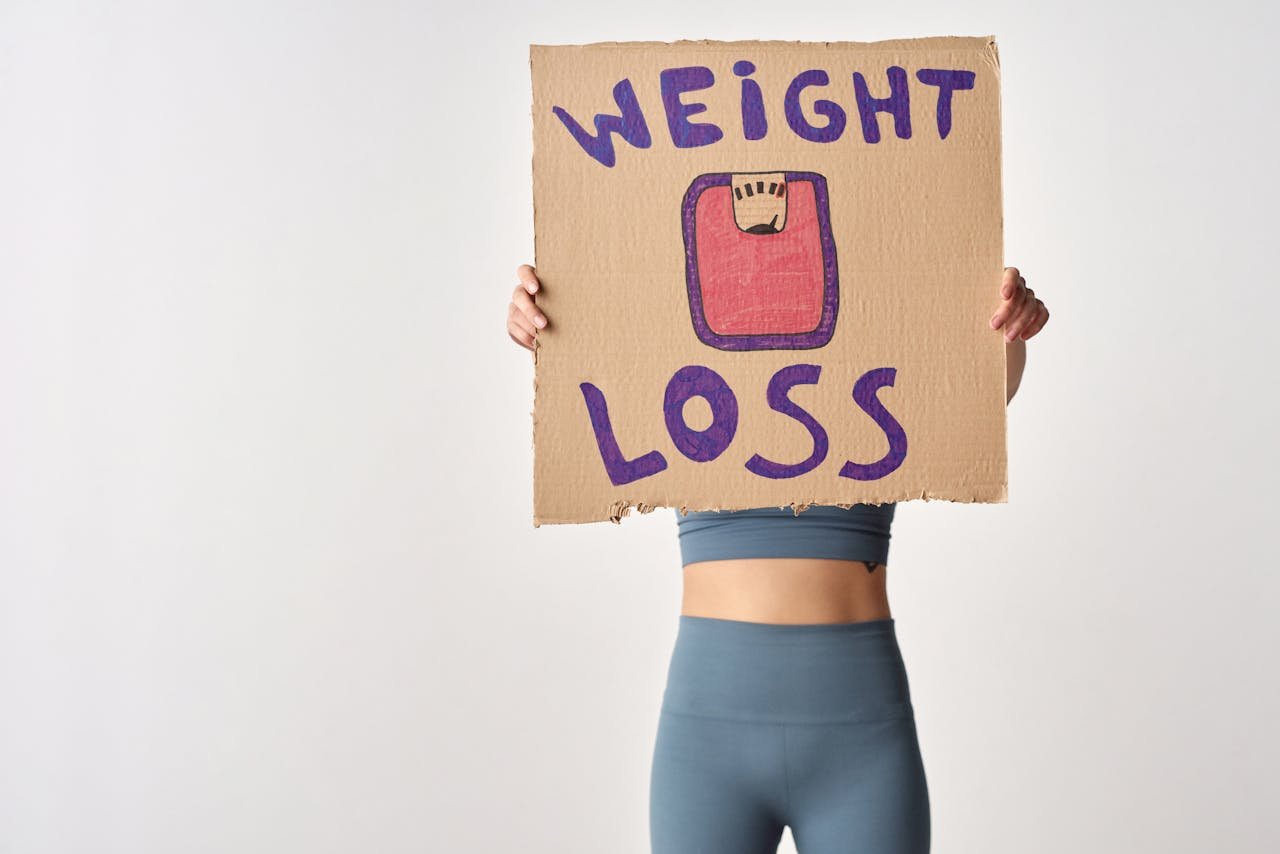When it comes to lossing fat, one of the most common mistakes requires speed instead of stability. Although the rapid weight loss may seem very attractive, often the loss of muscle loss, the metabolism leads to restoration and weight restoration. Rather, a steady decline 1 pound body fat per week gives a Scientific support for long-term results.
This approach is naturally adapted to calorie shortages and exercise stress. This reduces the probability of a metabolic function, maintaining a mass of lean muscle and supporting the metabolic function and increasing heavyweight. In this article, we need to implement the physiological base of this method, which is effective and good safe for health, in general.
What does 1 poundary fat mean a week?
Body fat is saved energy. You must create a to a one pound of fat About 3.500 calorie caloric for a week.
This is equal to:
- Daily deficiency 500 calories
- Through a combination food consumption and an increase in physical activity
This can be achieved for:
- 250 calories of the exercise + Enabling through physical exercise
- 500 less calories (diet – only)
- 500 additional calorie burns a day (difficult to deal with exercise)
Why is this purpose recommended
1. It is stable and real
Tries to lose 2-3 pounds per week:
- Muscular loss
- Metabolic matching
- Feedback Disadvantages
- Weight
The loss of 1 lb. loss per week allows you to:
- Save a lean muscle mass
- Keep hormonal balance
- Avoid hunger and fatigue
Centers (CDC) recommends diseases of the disease Loss of 1-2 pounds per week as safe and stable frame (CDC, 2022).
2. Holding muscles and support metabolism
The speed of weight will retain:
- Basal metabolic rate (BMR)
- Muscle massneeded to lose long-term fat
Studies show that storing muscle mass during fat loss Body composition and post-dietary metabolic rate (Stockies, etc., 2020).
3. The yo-yo will reduce the risk of diet
Observing diet often leads to:
- Restored (Over Excessive)
- Psychological stress
- Loss of motivation
The 1 pound rule is focused on construction Habits on Haylagaand Long-term section and success.
4. Interior and adjustment is easier
The purpose of £ 1 week must:
- Measured, weekly indicators
- Setup if platea appears
- Clear understanding of energy balance and lifestyle
How to create a weekly shortage of 3500 calories
Step 1: Calculate your total daily expenses (TDIE)
Understanding Daily energy consumption (TDI) The first decisive step in the consumption of calories. Your deep metabolic rate (BMR) and assumes how many calories you like every day when you take into account your level of activity.
To accurately calculate TDEE, you need to review the following:
- Age: Metabolism naturally changes with age.
- Gender: Usually men and women have different metabolic rates.
- Weight: Your body is directly affected by mass energy consumption.
- Occupational level: This includes critical, faty, very active and planned exercises and daily activities.
If the calculation of these values is complicated, use us Daily calorie consumer calculator for quick and accurate assessment.
Step 2: Make calorie deficit (remove 500 calories per day)
The common recommendation is to create 500 calories of your calculation to achieve a sustainable oil of a pound. This deficit helps your body to enter the energy reserves.
Example: If your calculated TDEE is 2,500 calories, the daily consumption set for fat loss will be 2,000 caloritis per day.
Important note of our calorie calculator: If you have used ourselves Daily calorie consumer calculator And mark your purpose (eg “fat loss”), you can skip this guide. Our calculator is designed to automatically set the average daily calorie needs based on your specific goals.
In addition, our calculations ensure the flexibility: You can easily change your Week with your Week with your Week with your Week with your Week with your Week with your Week and Bringing your Week with your Weekly Bribge.
Step 3: Eating food and exercise
Instead of moving all 500 to move from your diet, use a combination approach:
- Reduce accepting with 250-300 calories
- Turn 200-250 calories through exercise
Step 4: Focus on the quality of macronutrient
- Protein: 1,6-22 G / kg to maintain body weight
- Carbs: Enable and restore your training
- Oils: It is necessary to instill hormones and nutrients
Exercise recommendations
To support the fat loss without loss of muscle:
1. A strong training (2-3x per week)
- Priority mixture Elevators: Squats, Deadlines, Rows, Presss
- Helps to save or build a lean mass while losing fat loss
2. Cardiovascular activity (2-4x per week)
- Average intensity to burn sustainable fat (eg, walking, bike)
- Increased a 1-2x / week Copp and is developing metabolic
3. Daily movement
- Steps (to make up 7000,000 / day)
- An activity (clean) that is not exercise is significantly added
You can know how you know 1 poundary fat (not water or not muscle)
| Indicator | Positive character |
|---|---|
| Weekly weight loss | ~ 1 pounds of (some change) per week |
| Body composition | Sustainable oil% reduction, muscle stable |
| Power performance | Stored or improving |
| The waist surroundings are surrounding | Decrease with stable weight |
| Energy and mood | Unbalanced |
General errors to prevent
- Excessively overdrawal of calories as a result of exercise
- Consumption of food (clear road!)
- Calories is too aggressive to reduce
- Ignore the opposition exercise
- Daily scale vibrations
Conclusion
Attracting attention Enable 1 pound body fat per week a Scientific and stable approach This supports real fat damage – it simply changes on a scale. It promotes Save muscles, metabolic healthAnd permanent – idealize to improve the long-term body composition.
Instead of quick weight loss, accept this method to achieve the results associated with fitness and food.
Literature
- CENTERS (CDC) of disease management and prevention. Healthy weight, nutrition and physical activity.
- T, Hector AJ, Morton RW and others. Recently, a diet protein depends on the role of observance to provide muscle exercises. Feed substances. 2020; 12 (11): 3505.
- Hall KD, Hamesfield SB, Kempmittz JW and others. Power balance and its components: the consequences of body weight regulation. Am a clinical mask. 2012; 95 (4): 989-994. https://do.org/10.394/ajcn.112.036350
- Thomas Dm, and others. The balance of energy energy and its role in the regulation of its weight. A verb. 2012; 106 (3): 374-381.




